NATURAL DYES
Using natural ingredients and non-toxic techniques to dye various fabric samples
2020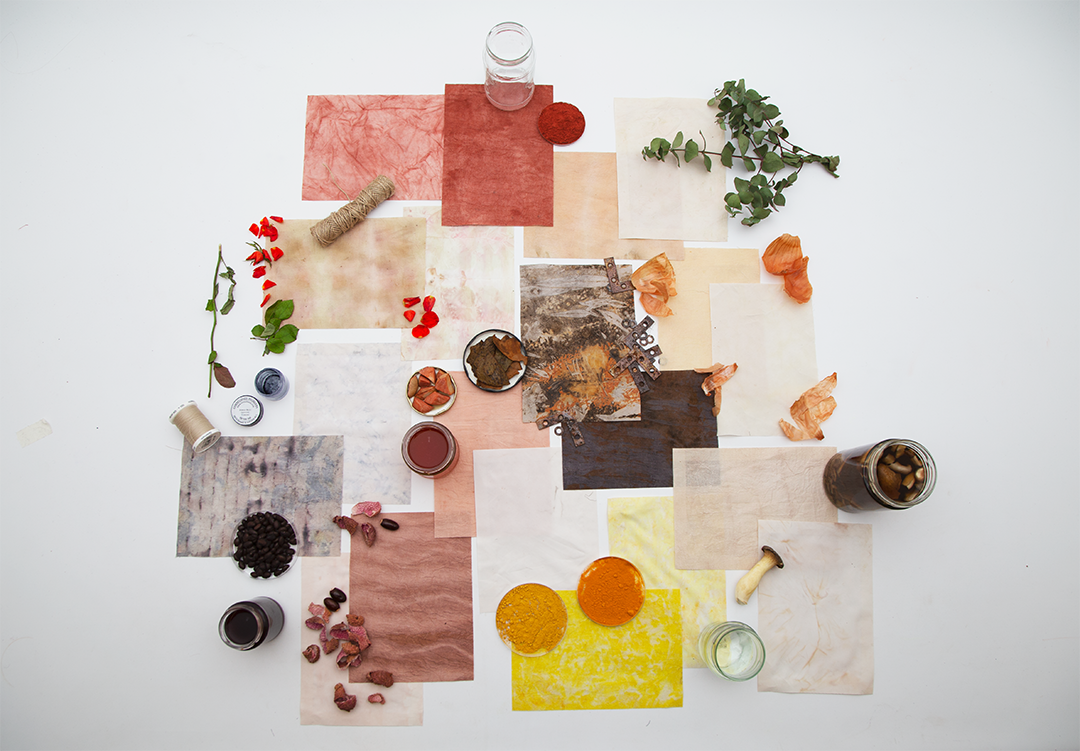
What: Exploring the use of natural dyes and techniques on synthetic and natural fibres
Why: To reduce water usage, avoid the use of toxic dyeing substances, and to aid future biodegradability
How: Experimenting with ten natural dyes and five natural dyeing techniques, on both synthetic and natural fibers
Where: London, UK
This project was the continuation of an exploration into natural dyes and dyeing techniques for the fashion industry. See project on Bacterial Dyes.
Today, the fast fashion industry relies heavily on synthetic dyes and toxic techniques to produce our inexpensive clothing with colours that last. But synthetic dyes are problematic. The dyeing process is hugely water intensive and manufactures have long since poured their toxic wastewater into waterbodies, with deleterious consequences for communities and ecosystems alike.
These explorations were conducted in search for alternatives to the widespread, polluting practices the fashion industry relies upon.
We selected ten different natural ingredients, and five different natural dyeing techniques, to test their dyeing capacities on both synthetic and natural fibres.
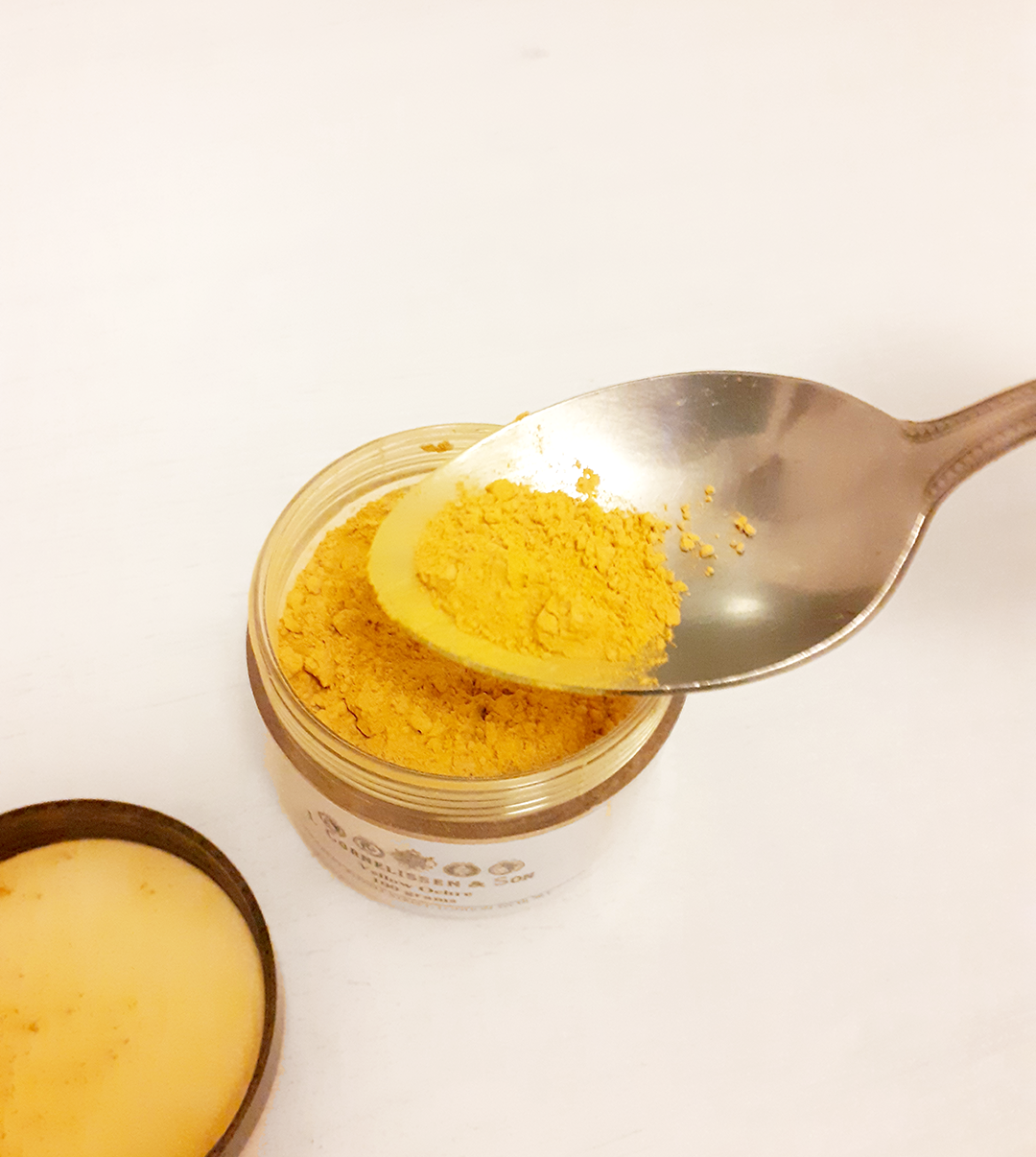

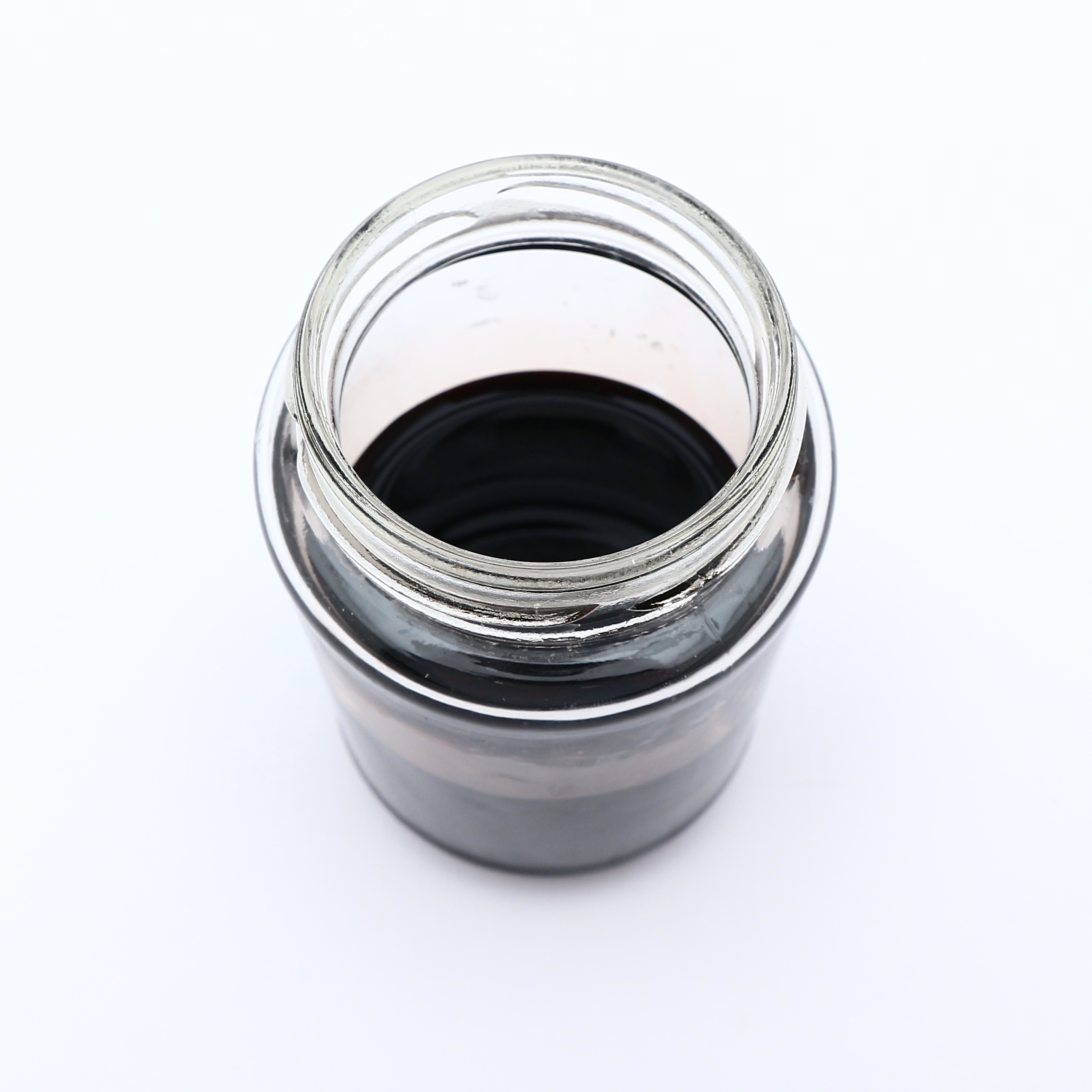
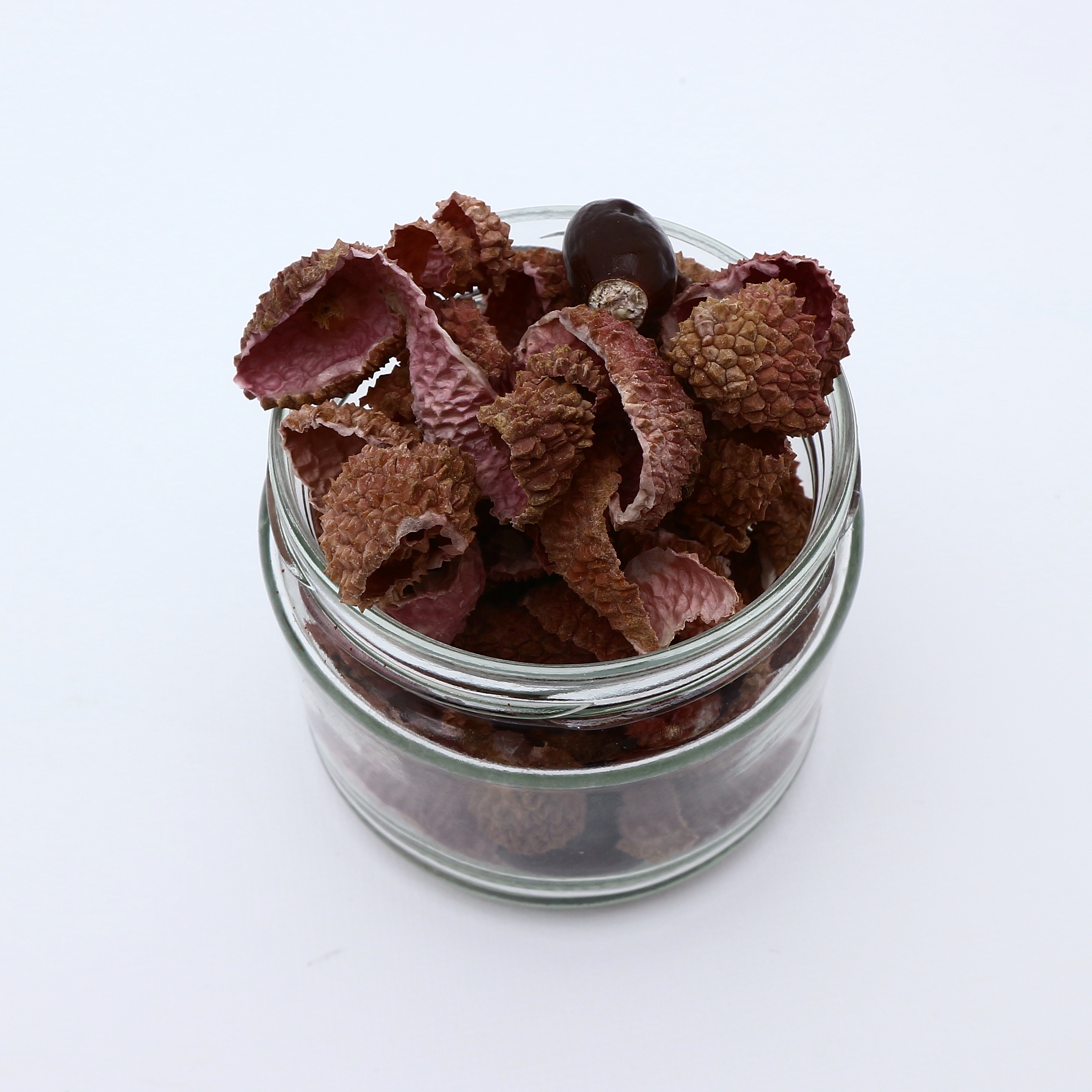
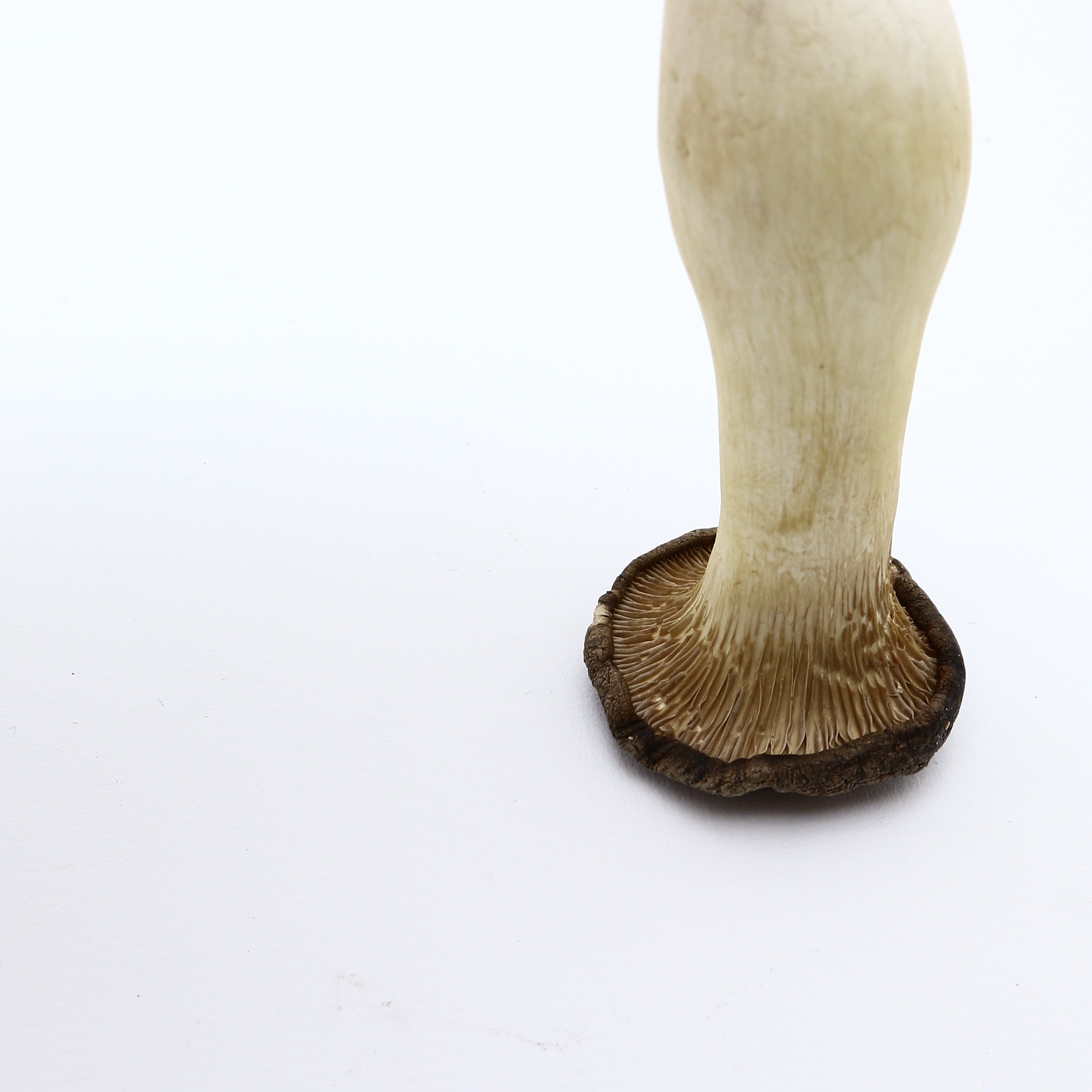
Turmeric
Rusted Iron
‘Dirt’ from the Tube
Lychee Skin Peel
Mushroom
The choice of fabric, mordant, and colorants all reflect our desire to think holistically about sustainability and fashion. To carry this out, we experimented with different dyeing techniques to reduce water usage as much as possible and to develop a range of different shades and patterns.
Natural mordant applied to all fabrics: Tamarind seed coat
Fibers tested for each techniques: Linen, recycled polyester (rPET)
Techniques tested: Eco-printing, Ice dyeing, Direct dyeing, Pigment extraction (from waste), Solar dyeing
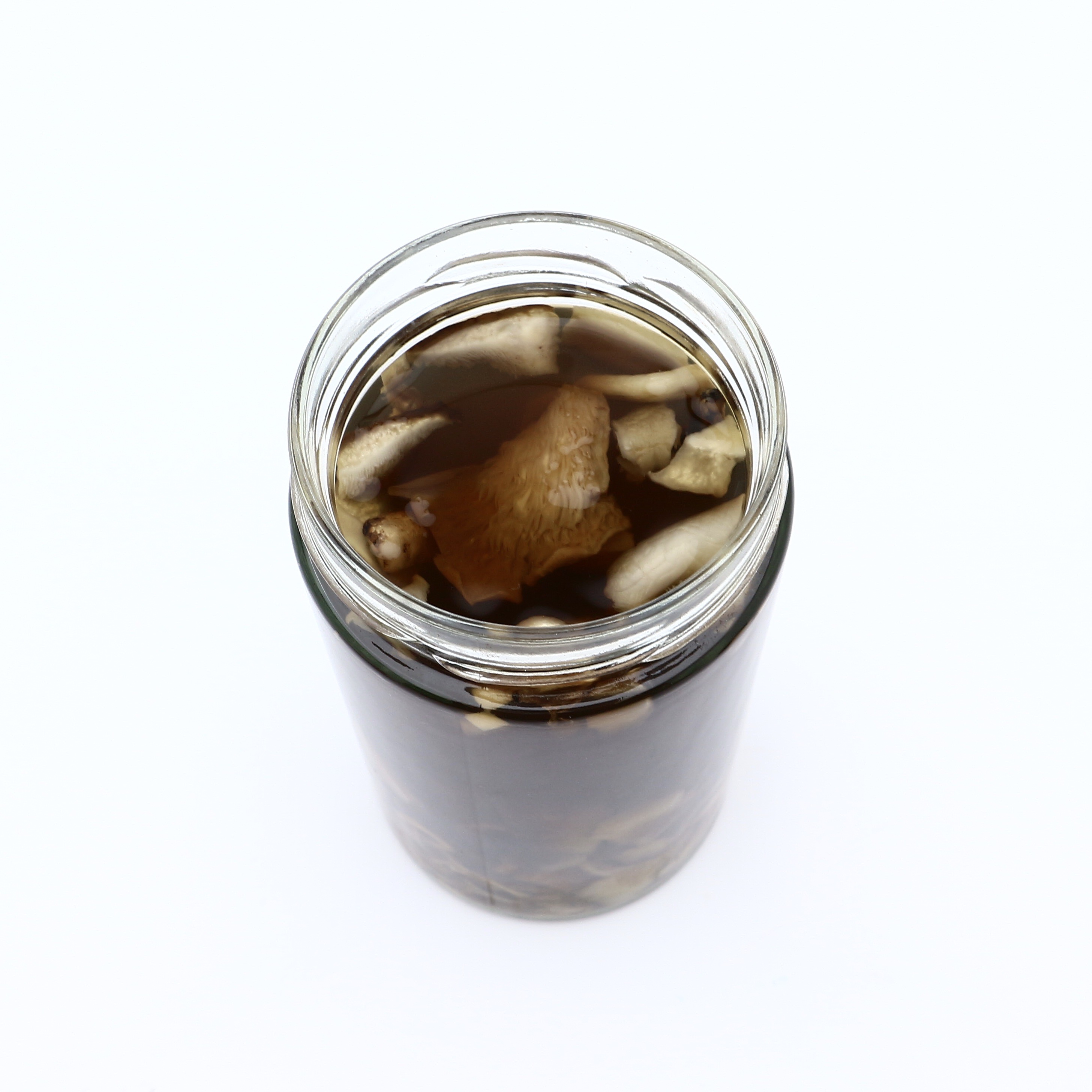
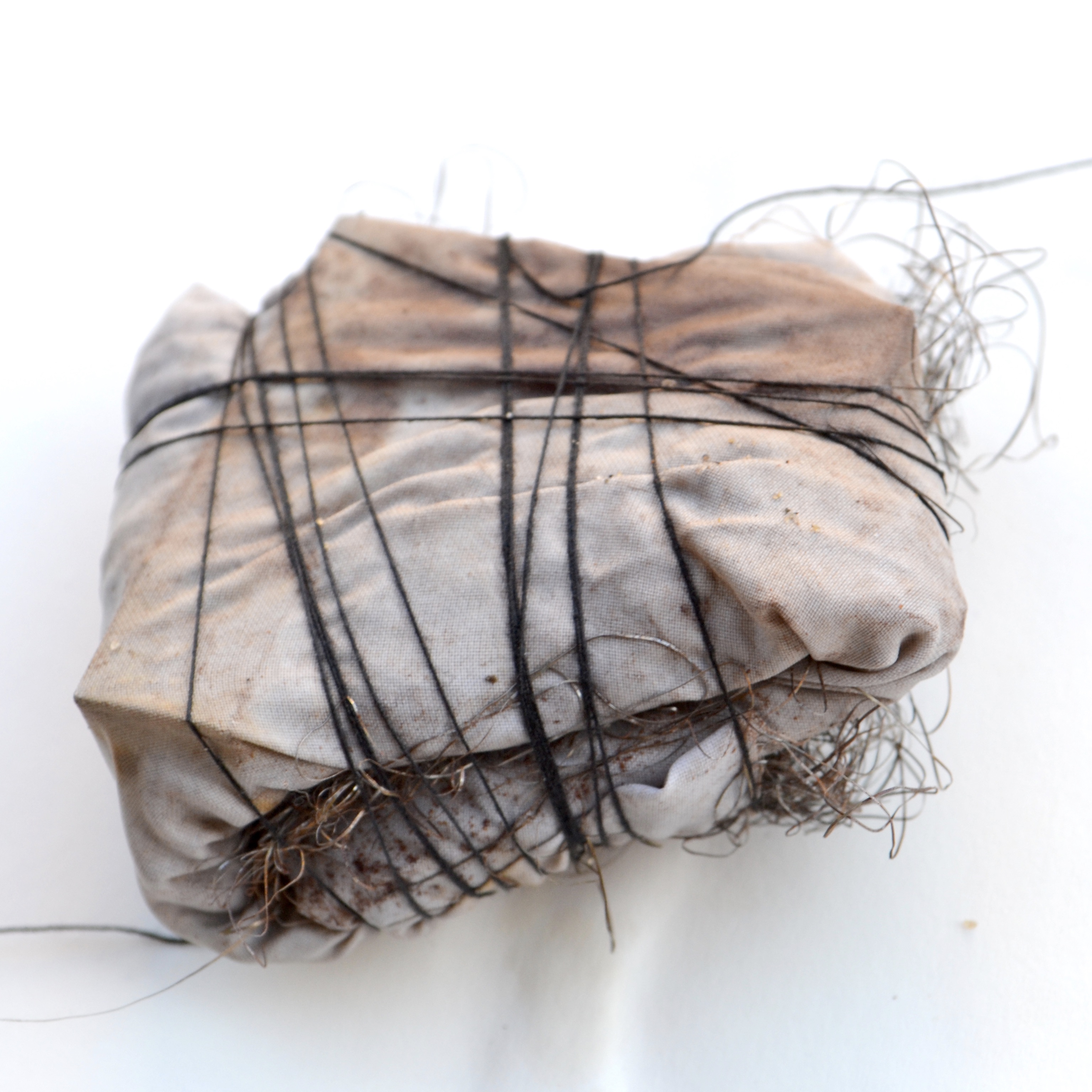
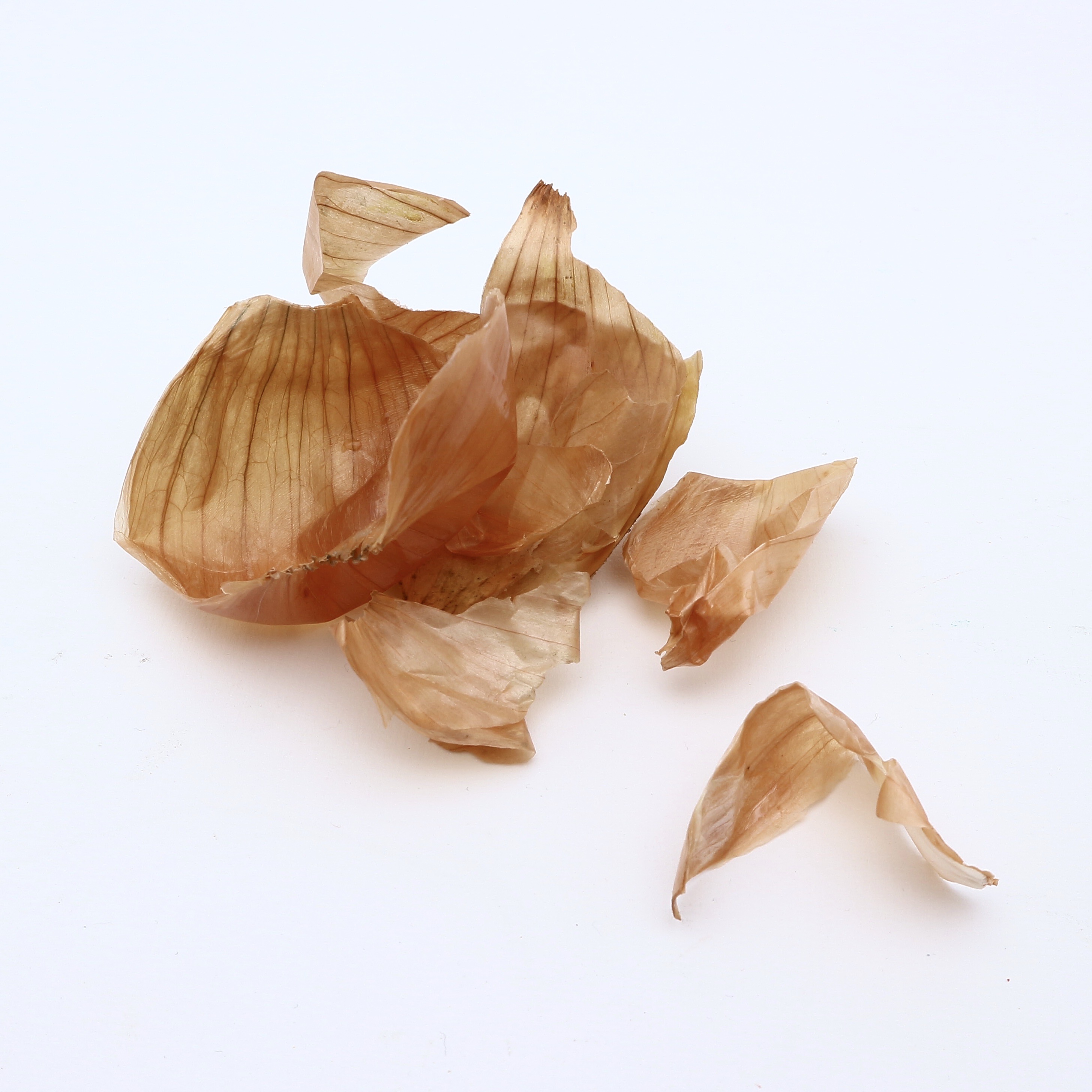
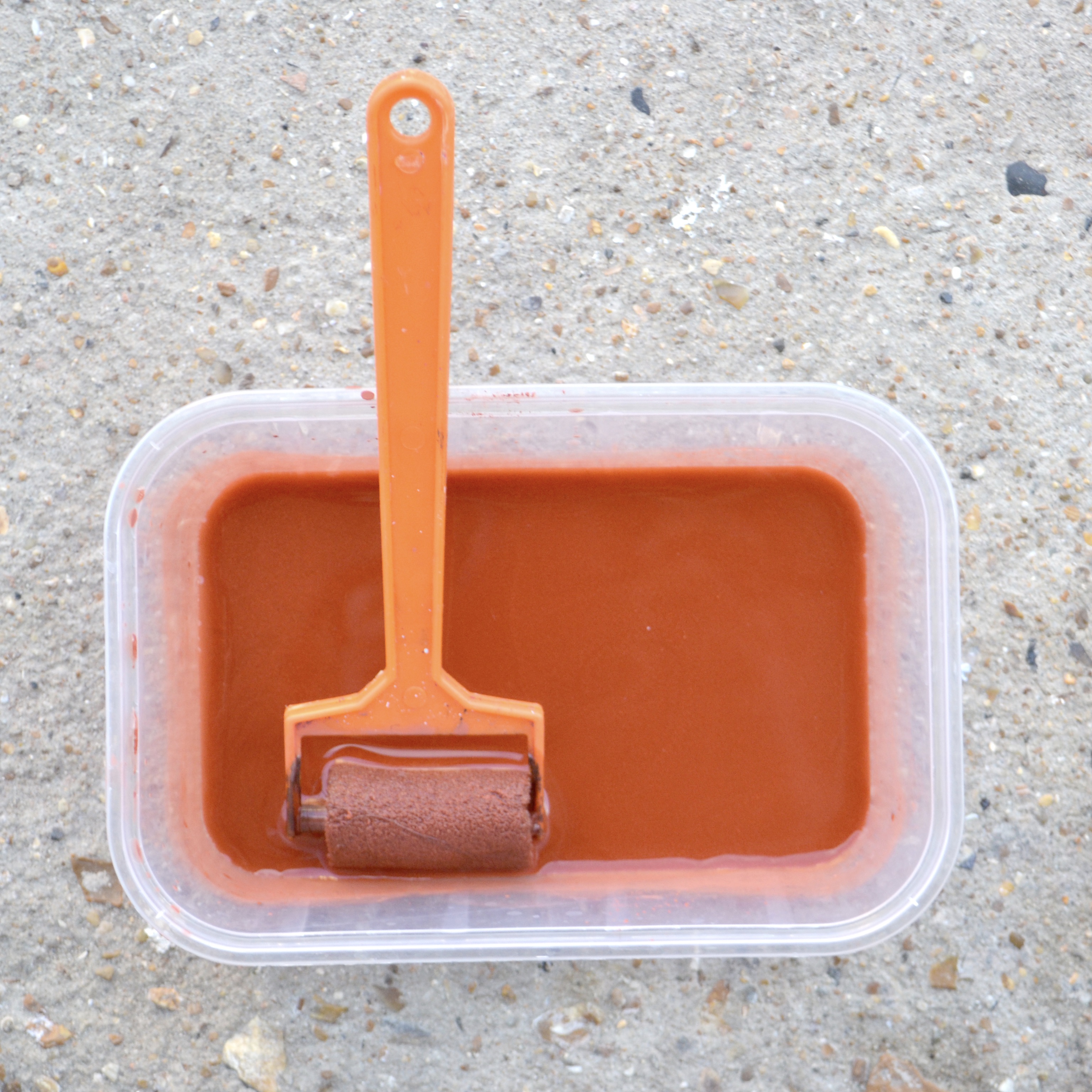
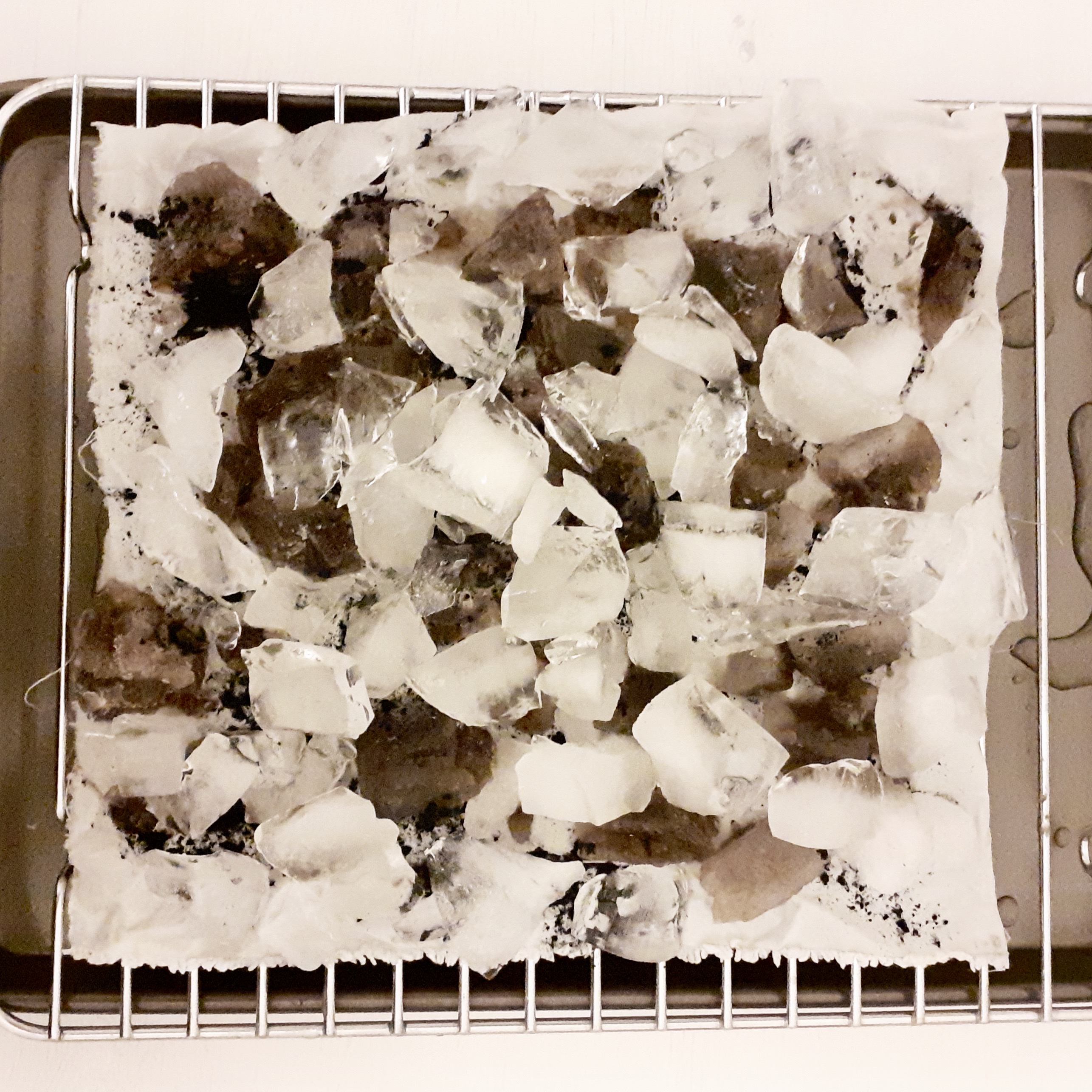
Solar Dyeing
Eco-Printing
Pigment Extraction
Ice Dyeing
Direct Dyeing
Each technique had its own process, characteristics, and advantages in terms of sustainability, from the seasonality of the ingredients, to avoiding toxic wastewater, or the temperature range needed during the process. The result was a colorful fabric collection, each with its unique pattern and design depending on the specific dyeing process and material fiber. We can observe how generally the linen samples resulted in a brighter and more intense color compared to the rPET ones, showing more pale and delicate shades and tonalities.

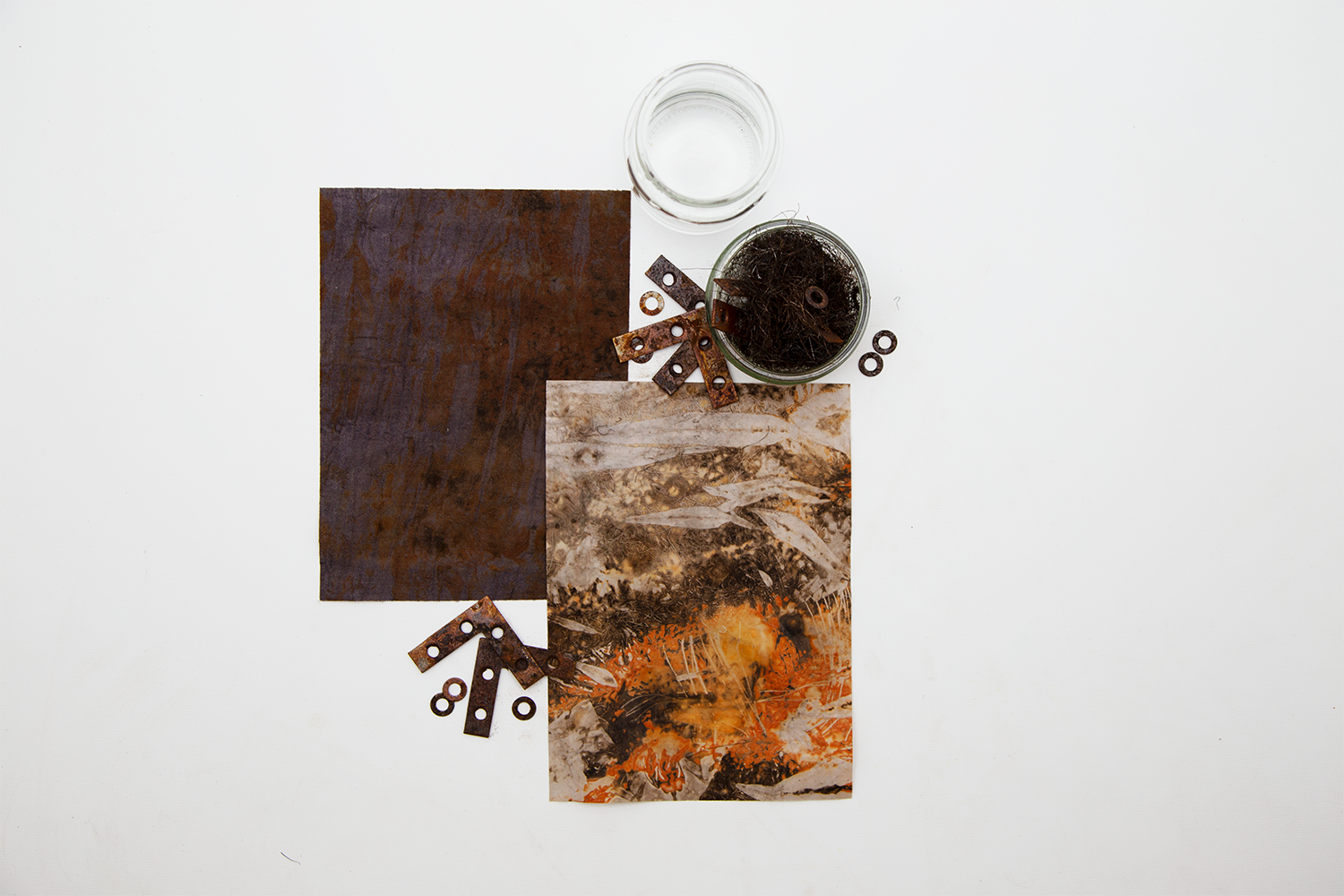



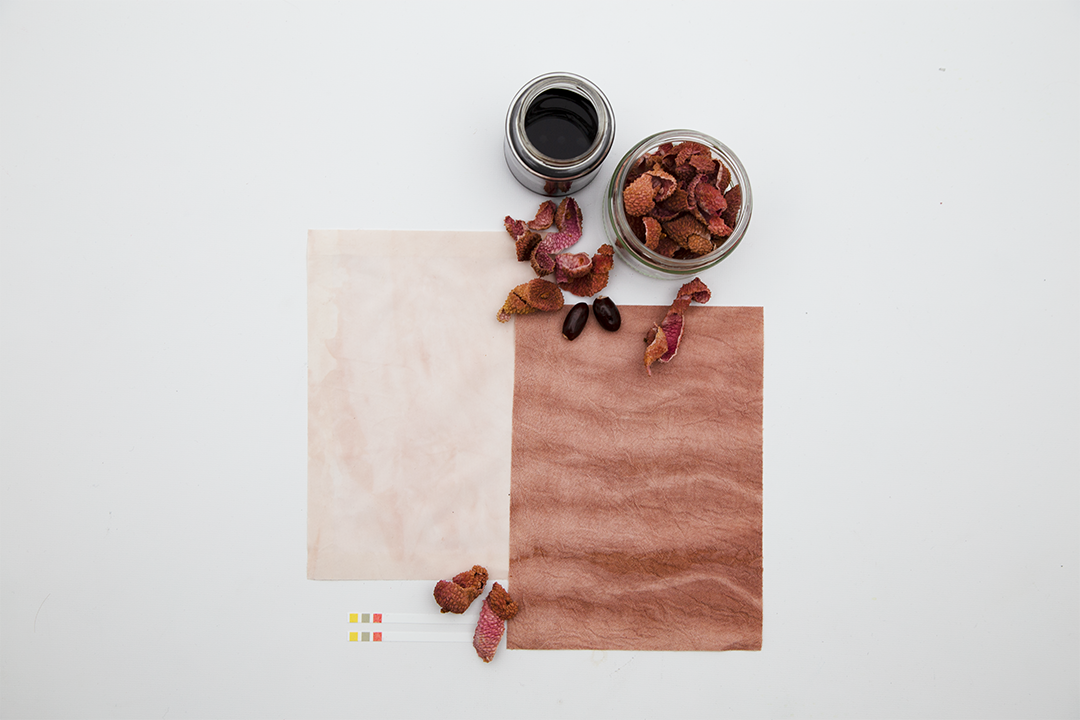




1. Red Ochre - Direct dyeing
2. Rust - Eco printing
3. Eucalyptus - Eco printing
4. Rose petals and leaves - Eco printing
5. Lychee peels - Pigment extraction
6. Mushrooms - Solar dyeing
7. Turmeric + yellow ochre - Ice dyeing
8. Black beans liquid + indigo - Ice dyeing
9. Avocado peels and seed - Pigment extraction
10. Onion peels - Pigment extraction
2. Rust - Eco printing
3. Eucalyptus - Eco printing
4. Rose petals and leaves - Eco printing
5. Lychee peels - Pigment extraction
6. Mushrooms - Solar dyeing
7. Turmeric + yellow ochre - Ice dyeing
8. Black beans liquid + indigo - Ice dyeing
9. Avocado peels and seed - Pigment extraction
10. Onion peels - Pigment extraction
Project conducted with Cassandra Quinn, Carolina Kyvik Ruiz, Kit Ondaatje Rolls, Marie Melcore - within MA Biodesign, CSM UAL
